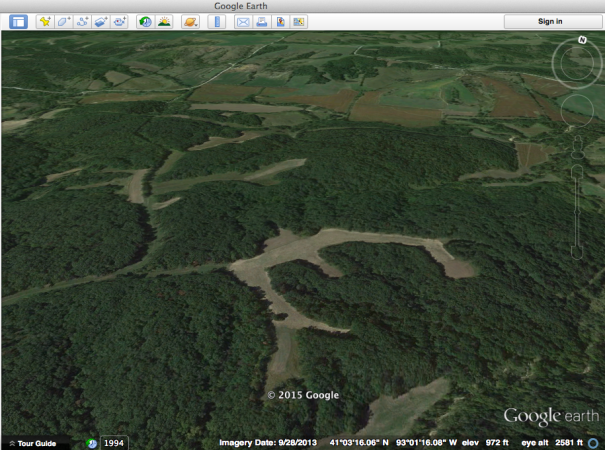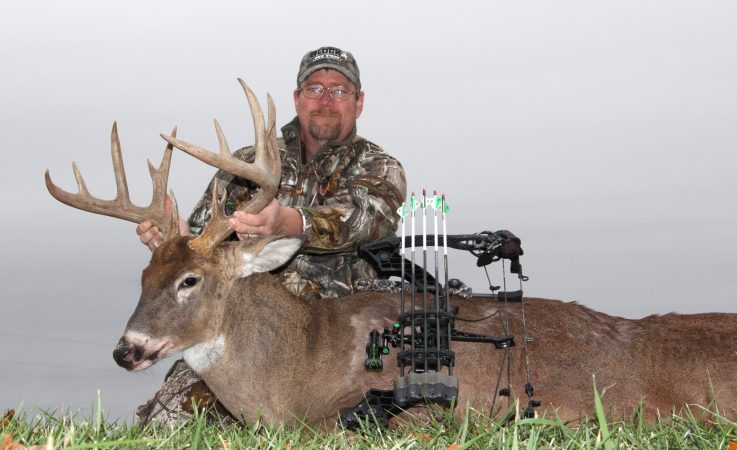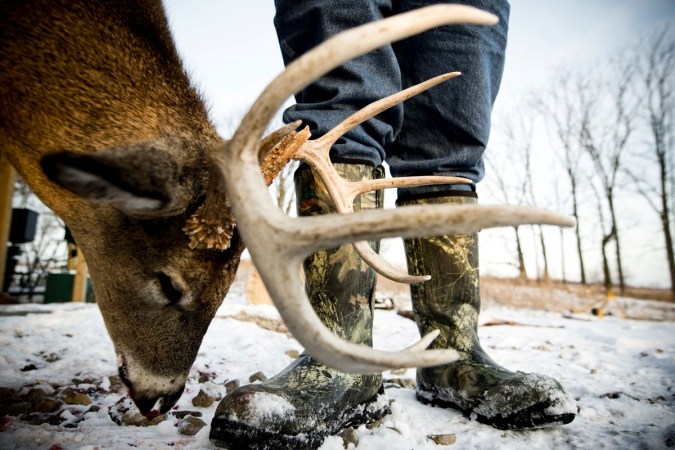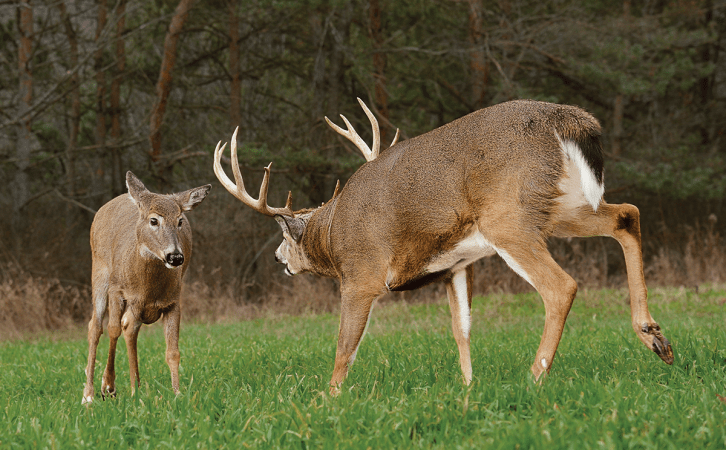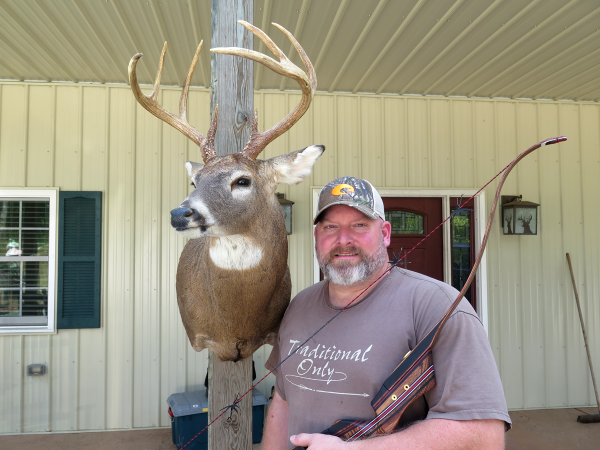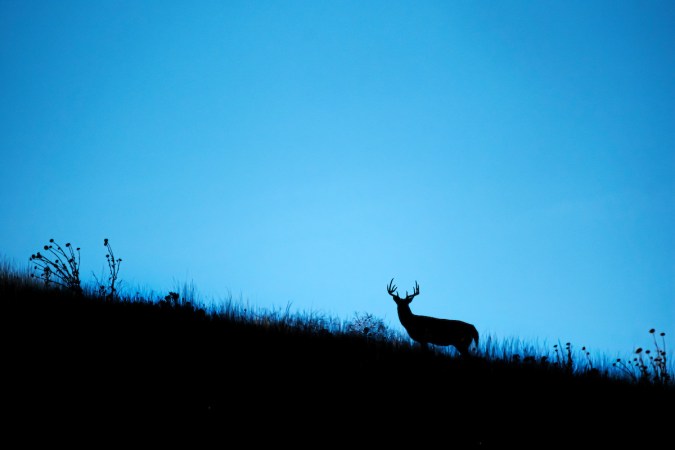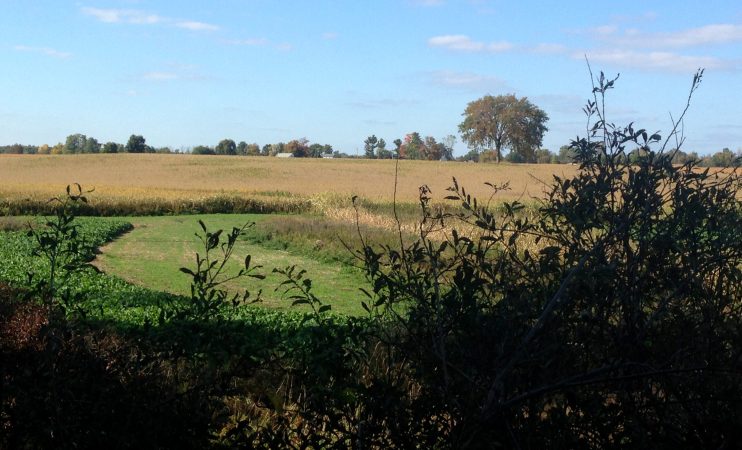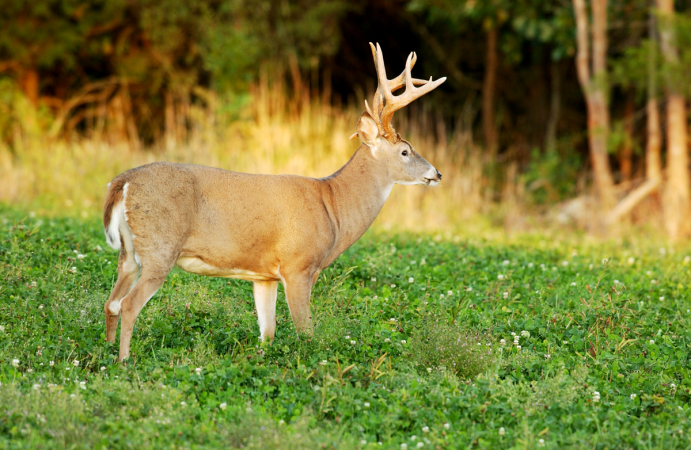You’ve heard it before: Even a blind hog finds an acorn every once in a while. Well, I’m here to tell you not to be that hog. Be the hog that finds all the acorns.
Scouting for whitetails is a science. It’s a calculated effort that takes into account numerous variables and risks. Many hunters consider scouting a not-so-serious thing. In reality, it’s a very serious thing. In my opinion, it’s more important than the hunting itself. Chances are you’ll soon start scouting if you haven’t already. Keep the following things in mind when you do.
The Variables
There are three things deer need: food, water, and cover. The first of these is the most important. During summer and early fall, food is king. Deer bed very close to food sources during this time. It’s not until they receive pressure from hunters that they retreat to better cover.
Scouting Methods
Look at aerial maps to determine the best locations. Then scout from afar. This is the best way to determine where major traffic areas are. Set back off the deer and break out the optics. Don’t get too close or the whole plan is for nothing.
Once you get a feel from watching from afar, move in and see things up close. Do this at a time when deer movement is minimal. These times include: rain showers, heat waves, mid-day, high wind, etc.
Finish up scouting efforts by hanging trail cameras in strategic locations. Only enter these areas under the right conditions when wind direction is right and deer movement is minimal.
First Think Conventional
I begin my scouting efforts by watching and placing cameras in the most obvious places. Deer aren’t being pressured into hard-to-reach places…yet. Scout fringes of bedding cover that are close to major food sources. Deer commonly bed within 100 yards of their preferred food source during the summer months.
Then Think Unconventional
Finding big bucks isn’t always easy. They don’t always spend their time in places we think are ideal for deer. That’s when you have to think unconventionally. Scout around: small woodlots, fingers of trees, brush piles, old homesteads, rusty farm equipment, neighborhoods, etc. Look for deer where others wouldn’t expect to find them.
